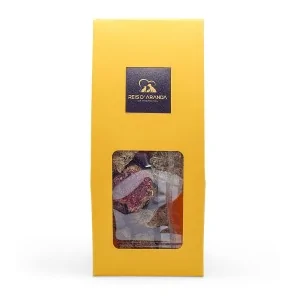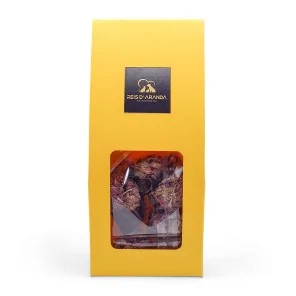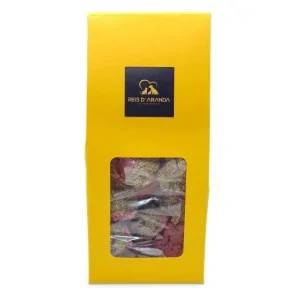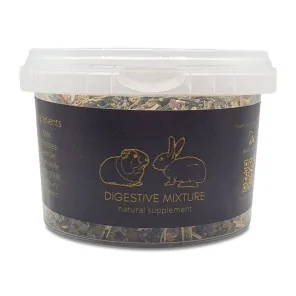The Tornjak originated from genetically homogeneous, almost extinct, indigenous shepherd dogs. These dogs have...
MOULTING IN RABBITS
WHAT IS MOULTING?
The moulting of rabbits is a natural process by which their fur is renewed and they lose fur to make way for new fur. The fur in spring will be thinner so that the rabbit is cooler with the arrival of high temperatures and, when autumn arrives, this fur is lost again to renew it and make way for a thicker coat to protect them from the cold.
This procedure is non-existent in Angora rabbits because the type of fur they have is not hair as such (something we already talked about in the article on the Angora rabbit), hence shearing is essential for their good care. In the rex breeds, due to the characteristics of their coat (extremely short) shedding is almost non-existent, which is why they are considered "hypoallergenic".
WHEN DOES MOULTING OCCUR?
In a natural way, moulting occurs with the arrival of heat and the arrival of cold, nowadays the majority of pet rabbits live indoors, with access to heating and air conditioning, which "alters" these cycles and can produce longer and more frequent moulting as the body does not regulate itself.
HOW CAN I HELP MY RABBIT WITH MOULTING?
Brushing is essential, we will do it on a daily basis using a brush according to the type of fur our pet has, by brushing it we will not only be strengthening our bond with it (grooming is very important in rabbit societies), but we will also be helping it to remove all the dead fur that it would otherwise swallow when licking its fur, which could cause serious gastrointestinal problems.
During the moulting season, we will also offer larger quantities of hay and include more attractive variants or with greater dragging power, such as oat hay (satiating and with higher sugar levels) or ryegrass (a tougher and more nutritious type of hay), which we will mix with the usual hay.
SPECIAL CARE DURING MOULTING
Moulting is a "stressful" process for the organism, so it is common for mites to appear on the skin of our rabbit (different from "moulting dandruff" because they form white and granular plaques on the skin, very well defined), so if we see that our rabbit has mites due to the lowering of defences we will have to deworm it at the vet?s. In some breeds such as the teddy, the rabbit will be treated with a deworming treatment.
In some breeds such as teddys (teddy dwerg or teddy lop) it is very common for bald patches to appear on the skin with a smooth, pale and clean appearance (without white patches), these are more common in the teddy lop and are usually found on the back legs, nape of the neck, crown and top of the ears. These bald patches are normal and are usually covered with hair after a few days. In the teddy lop sometimes these moulting bald patches can have a very slight dandruff that never forms plaques, they do not redden the skin or cause itching, this is not a reason for deworming.
CONCLUSION
Moulting is a natural process that we have to live with if we have pets, this is usually a time when allergies are more accentuated so we recommend a greater cleaning and ventilation of our home; if we are allergic to rabbits or do not want to deal with moulting it is preferable that we opt for rex breeds such as the Standard Rex, the Mini Rex, the Plush Lop and the Mini Plush Lop.
Leave a comment
Log in to post comments

















